Home > Chronology > Néolithique > Neolithic: food and culinary practices > The archaeobotanical investigation of House 1
Neolithic: food and culinary practices
The archaeobotanical investigation of House 1
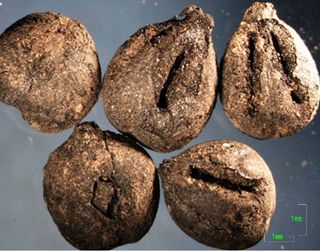 |
In 1989, a significant quantity of charred grape vine (Vitis vinifera) came to light in a small area of House 1, which was being excavated at the time. In addition to their large quantity, these remains are interesting because several of the grape pips still had skin attached, an indication that fresh grapes had been crushed for the extraction of their juice. This impressive and unusual find, probably the oldest indication of wine making in Europe (approximately 4300 BC), deserved further investigation as it raised several questions. Under which circumstances had the fruit been preserved? What was the context of grape juice extraction in relation to the specific building and in relation to activities taking place in the other contemporary houses of the site? In 2008 in House 1 investigation resumed in order to answer these questions.
We now know that the first concentration of grapes comes from the vicinity of a domestic oven. |
|
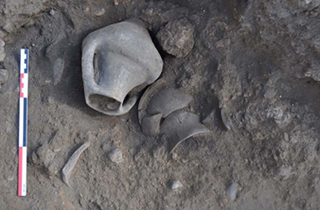 |
Other concentrations have now also been identified in different parts of the room. A systematic and almost total sampling strategy resulted in more than 500 soil samples that were processed by flotation (the smallest sieve had an aperture of 300 microns). Many of these samples contain, or consist almost entirely, of the remains of grapes . Complete or fragmented closed vessels were found nearby: this raises the possibility that the fruit or its juice might have been contained initially in these pots. Other plant species have also been recognized, often in large quantity. Among the numerous species identified and encountered in rich, pure concentrations were bitter vetch (Vicia ervilia), found in close spatial association with a grinding stone near the oven, einkorn wheat (Triticum monococcum), and flax (Linum usitatissimum), which could have been used for its oil or fibre.
The species identified suggest that the destruction could have happened in the autumn, when ‘cellars’ were full in order to cope with winter and the following months until the new harvest. At present it is not possible to tell whether the differences observed between the other houses and house 1 in terms of quantity of plant remains are due to differences in scale of sampling, differences in the timing of the destruction of each house, or in status differences between them. |
|
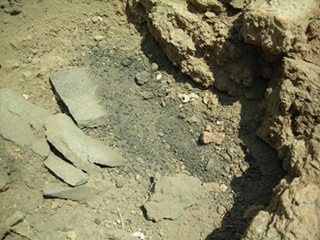 |
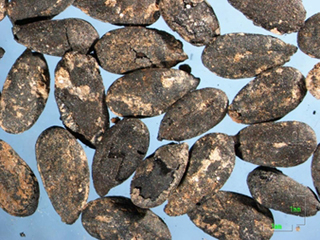 |
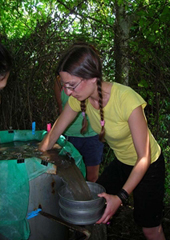 |

